I have created a game called Tic Tac Toe. There are 2 players one of them are Xs one of them are Os all you have to do is get your symbol 3 in a row without the other person blocking you.
The Gui for the game looks like this:
Code:
from guizero import App, TextBox, PushButton, Text, info
empty = ' '
player = "X"
def clicked(z):
button = buttonlist[int(z)] # Finds out which button was pressed
global empty, player
if button.text != empty:
pass # If button already pushed do nothing
else:
# Marks button with user's go
button.text = player
# Switches players
if player == "X":
player = "O"
else:
player = "X"
return
def instructions():
info("Instructions","There are 2 players one of them are Xs one of them are Os. All you have to do is you have to try getting your symbol 3 times in a row without the other player blocking you")
def quit_game():
app.destroy()
app = App(title="Tic Tac Toe", layout="grid", width=200, height=250)
buttonlist = [] # Empty list to contain a list of Buttons
Player1_label = Text(app, text="Player 1", align="top", grid=[0, 0, 2 , 1])
Player1 = TextBox(app, text=empty, align="top", grid=[2, 0, 3, 1])# Player 1 enters the username
Player2_label = Text(app, text="Player 2", align="top", grid=[0, 1, 2 , 1])
Player2 = TextBox(app, text=empty, align="top", grid=[2, 1, 3, 1])# Player 2 enters the username
Instructions = PushButton(app, command=instructions, text="Instructions", grid=[0, 5, 3, 1])# Display the instructions
Quit = PushButton(app, command=quit_game ,text="Quit",grid=[10, 0, 3, 2])
# Create Buttons for game, in 3 rows of 3
z=0
for x in range(3):
for y in range(2, 5):
buttonlist.append(PushButton(app, text=empty, args=str(z), grid=[x, y], command=clicked))
z+=1
app.display()
The problem I have is in displaying who is the winner. I know how to make a window appear to show the winner and the line that does this is:
app.info("Tic Tac Toe Winner","The winner is" + Player1.value)
But the problem that i am having is knowing who is the winner at the end of the game so and displaying that they are the winner also I have a feeling that to find out the winner its got something to do with buttonlist list that i made but i just cannot figure out how to do it so I would appriciate if some one could help me.
Thanks
